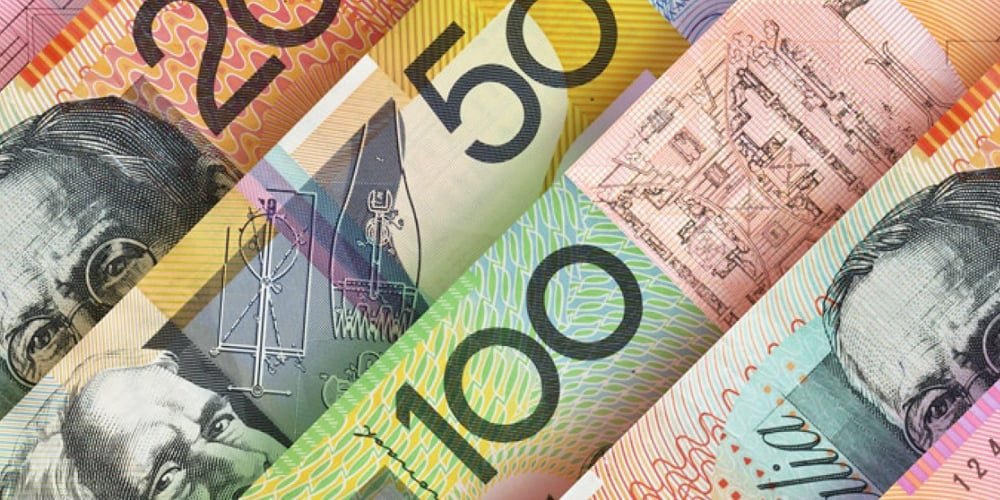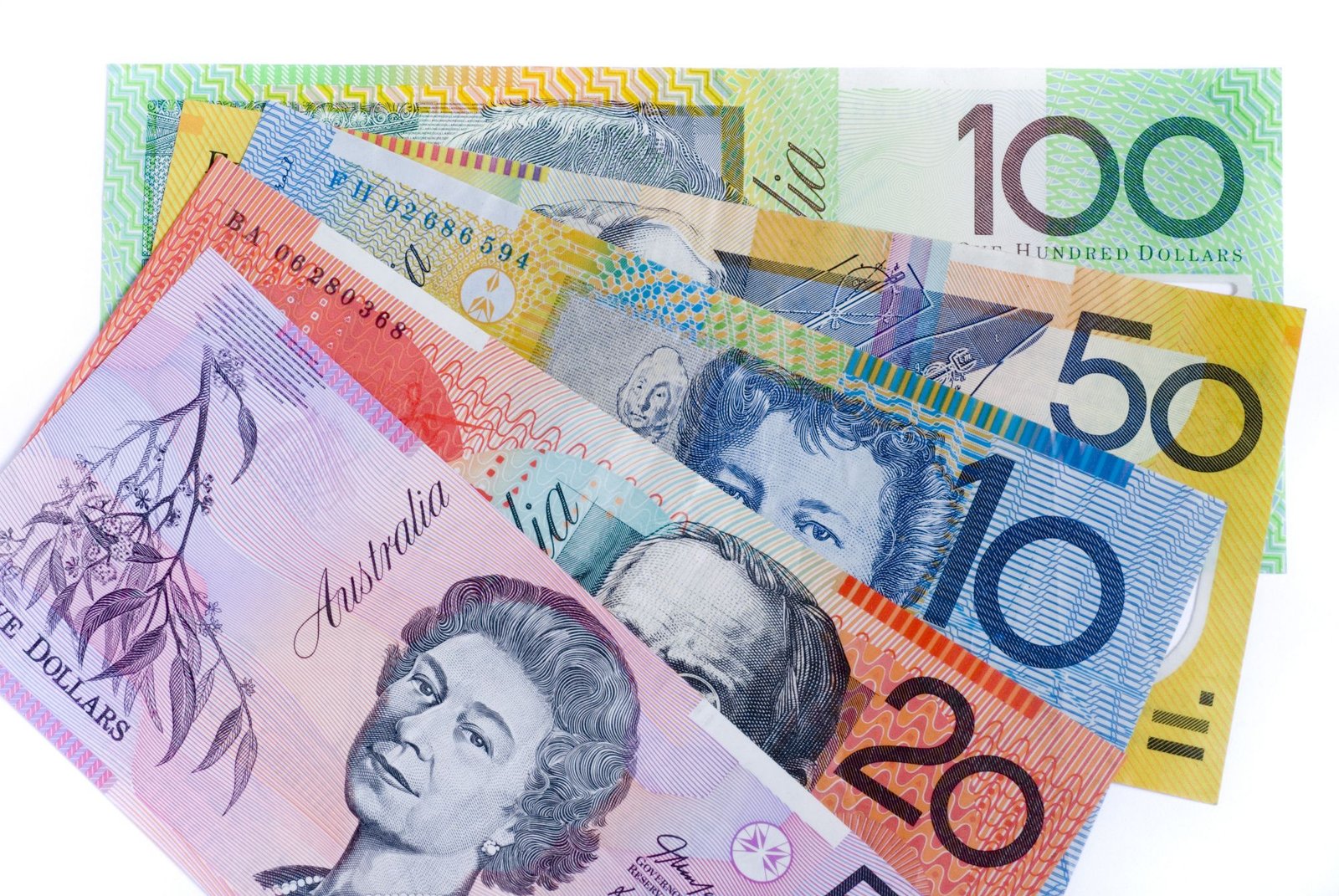Australian Dollar Steadies as RBA Cautious and US PCE Inflation Data on the Horizon
Australian Dollar (AUD) remained unchanged versus the US Dollar (USD) on Friday following two consecutive days of declines, as markets waited for the US Personal Consumption Expenditures (PCE) Price Index, the Federal Reserve’s preferred inflation measure. AUD was pressured by stronger-than-anticipated US economic data release and risk aversion due to President Trump’s announcement of possible 100% tariffs on pharmaceutical imports. Slowing growth in Australia was seen in weaker initial S&P Global PMIs, while the Reserve Bank of Australia (RBA) indicated cautious optimism, mentioning slightly eased labor market conditions and emphasizing preparedness to adapt to shifting economic conditions. Technically, AUD/USD is quietly trading below the important moving averages, with support around 0.6483 and resistance at 0.6550. KEY LOOKOUTS • Market participants are keeping a close eye on the Personal Consumption Expenditures, as it may affect Fed policy and USD strength. • Any Reserve Bank of Australia comment regarding rate shifts or economic outlook may affect AUD sentiment. • Jobless claims, PMI numbers, and GDP growth will keep influencing USD strength and intraday AUD/USD movements. • Threatened 100% tariffs on US pharmaceutical imports and worldwide risk appetite may impact AUD demand. The Australian Dollar continues to be pressured by the US Dollar as the market balances a combination of global and local considerations. Even as the AUD recovered from recent losses, risk aversion due to President Trump’s plans for 100% tariffs on drug imports and weakening Australian economic data, such as lower S&P Global PMIs, dragged sentiment down. The market then waits for the US Personal Consumption Expenditures (PCE) Price Index, the preferred inflation measure of the Fed, which may drive US monetary policy and the direction of the Dollar. The Reserve Bank of Australia has been cautious, citing marginally eased labor market conditions and highlighting preparedness to react to shifting economic patterns. Australian Dollar steadies versus the US Dollar following RBA caution and softening domestic growth. Marketers are looking for the US PCE Price Index, as geopolitical tensions and risk aversion continue to drive AUD sentiment. • AUD/USD steadies from two days of decline, trading at about 0.6530. • US economic indicators, such as GDP and unemployment claims, favored the US Dollar. • Market participants expect the US PCE Price Index, the Fed’s inflation metric of choice. • President Trump’s proposal to impose 100% tariffs on imported medicines stimulated risk aversion. • Australia’s initial S&P Global PMIs show slowing manufacturing and services growth. • RBA Governor Michele Bullock emphasized loosened labor market conditions and preparedness to react to economic shifts. • Technical levels: support at 0.6483 and 0.6414; resistance at 0.6550 and 0.6581. The Australian Dollar has remained resilient against the US Dollar in the face of headwinds presented by global and domestic events. Risk aversion picked up after US President Trump revealed plans to impose 100% tariffs on imported pharmaceuticals, fueling concerns over trade tensions. Meanwhile, decelerating economic growth in Australia, captured in downbeat preliminary S&P Global PMIs in manufacturing and services, has lent credence to risk-aversion sentiment among investors and traders. AUD/USD Daily Chart Price SOURCE: TradingView Market players are particularly focused on future US economic information, including the Personal Consumption Expenditures (PCE) Price Index, which is the Federal Reserve’s preferred measure of inflation. The Reserve Bank of Australia (RBA) has taken a cautious approach, noting marginally softened labor market conditions and reinforcing preparedness to address shifting economic conditions. Generally, the AUD is charting a highly uncertain environment constructed from both internal economic indicators and global events. TECHNICAL ANALYSIS AUD/USD is below significant short-term indicators, indicating a defensive market leaning. The pair is still below the nine-day Exponential Moving Average (EMA), indicating declining short-term momentum, and the 14-day Relative Strength Index (RSI) below 50 shows bearish pressure continues. A support level is visible at the monthly low of 0.6483, with a lower floor near 0.6414, while resistance levels are indicated by the 50-day EMA at 0.6550 and nine-day EMA at 0.6581. A breakout above these resistance levels could indicate a possible recovery, while a break below support would continue the downtrend. FORECAST AUD/USD might experience further selling pressure as long as risk aversion prevails and US economic news continues to favor the further strengthening of the US Dollar. A fall below the initial support of 0.6483 would propel the pair towards the three-month low of 0.6414, marking a possible extension of the bearish trend. On the other hand, in case of weaker-than-expected future US PCE inflation readings or hints of a dovish Fed policy, the Aussie can rally again. In that case, a break above the 50-day EMA level of 0.6550 and the nine-day EMA level of 0.6581 can set the way for higher levels, with the 11-month high of 0.6707 emerging as a potential medium-term target.









